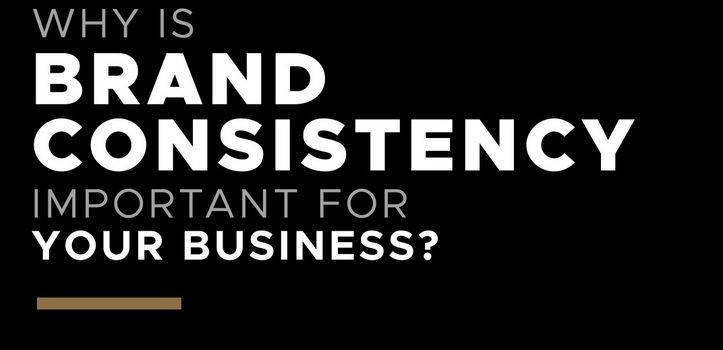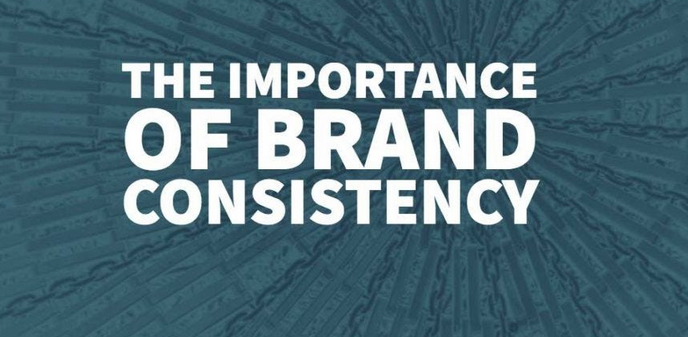In the digital age, establishing a strong brand identity is paramount for businesses seeking to stand out in a crowded online landscape. Consistency is key, and when it comes to web design, creating a seamless and recognizable brand identity can significantly impact user perception and engagement. This article will explore the vital connection between branding and web design.

The Role of Branding in Web Design
Branding goes beyond just a logo and color scheme; it encapsulates the essence of your business, conveying its values, personality, and unique offerings. Effective branding establishes an emotional connection with your target audience, fostering trust and loyalty. When integrated into web design, branding can create a cohesive user experience that resonates with visitors.
Defining Your Brand’s Visual Elements
Before diving into web design, it’s essential to define your brand’s visual elements. This includes selecting a color palette, typography, logo, and imagery that reflect your brand’s personality and values. These elements will serve as the foundation for your website’s design.
Creating a Consistent Color Palette
Consistency is key to successful branding, and this applies to your color palette as well. Choose a set of colors that align with your brand’s identity and use them consistently throughout your website. Color psychology plays a role in user perception, so ensure your color choices resonate with your brand’s messaging.
Typography for Brand Recognition
Typography contributes to your brand’s visual identity. Select fonts that reflect your brand’s voice and style. Consistency in font usage across your website creates a professional and cohesive appearance, making it easier for users to recognize your brand.
Designing a Logo that Stands Out
Your logo is the visual representation of your brand. Place your logo strategically on your website, ensuring it’s prominent but not overpowering.
Maintaining Consistency in Design Elements
Consistency extends beyond colors and fonts. Maintain a uniform style for buttons, icons, and other design elements. This consistency guides users through your website intuitively and reinforces your brand identity.
Crafting Engaging Content
Branding isn’t just about visuals; it’s also about the message you convey. Develop a consistent tone of voice that aligns with your brand’s values and speaks to your target audience. Use this tone consistently in your website’s copy, blog posts, and other content.
Navigational Consistency for User Experience
User experience is a critical aspect of branding. Design a clear and intuitive navigation menu that helps users explore your website effortlessly. Consistency in navigation enhances user satisfaction and encourages them to stay longer on your site.
Responsive Design for Brand Trust
In an era of mobile browsing, responsive web design is crucial for maintaining a consistent brand experience across devices. A mobile-friendly design demonstrates your commitment to delivering a seamless experience to users, bolstering brand trust.
Branding Through Visual Storytelling
Visual storytelling is a powerful tool for conveying your brand’s narrative. Use images, videos, and graphics that align with your brand’s values and messaging. These visual elements should evoke emotions and resonate with your target audience.
Translating Offline Branding Online
If your brand has an offline presence, ensure that your online branding is consistent with your offline materials. This includes business cards, brochures, and any other printed materials. A seamless transition between offline and online branding enhances brand recognition.
The Role of Social Media Integration
Your website is just one facet of your online presence. Integrate social media buttons and feeds strategically to create a unified brand experience across platforms. Consistent branding on social media reinforces your identity and encourages cross-platform engagement.
Measuring the Impact of Consistent Branding
Web analytics provide insights into how users interact with your website. Monitor metrics such as bounce rates, time spent on pages, and conversion rates to gauge the impact of your branding efforts. A positive correlation between branding consistency and user engagement indicates a successful strategy.
Conclusion
Branding and web design are inseparable components of a successful online presence. A consistent brand identity communicated through strategic web design choices not only creates a strong first impression but also fosters trust and loyalty among users. By defining your brand’s visual elements, crafting engaging content, and ensuring navigational consistency, you can build a web presence that resonates with your target audience, leaving a lasting impression that sets your business apart in the digital landscape.

